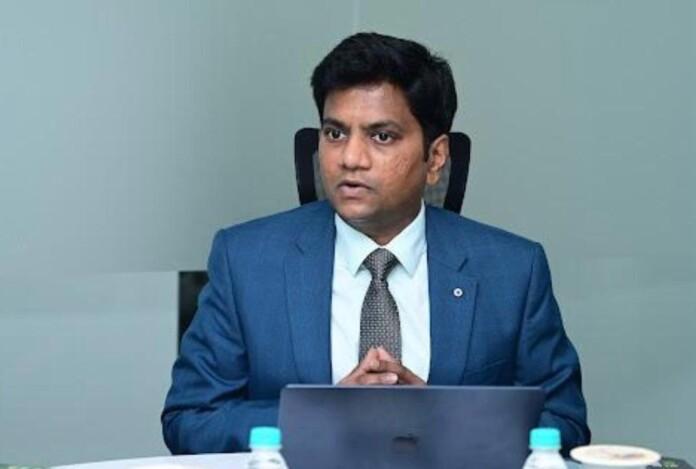Q: There’s concern that the new guidelines will open the floodgates for cab aggregators, affecting the livelihood of traditional taxi owners.
A: That fear is completely unfounded. If you look at the conditions for granting aggregator licences, it clearly states that aggregators can onboard only those taxis that have valid permits issued by the Goa State Transport Authority or the Regional Transport Authority, as per the Motor Vehicles Act.
This means any aggregator entering Goa can only use Goa-registered taxis — they cannot bring in vehicles from outside the state. Furthermore, drivers must hold a valid Public Service Vehicle (PSV) badge issued in Goa, as required by the Goa Motor Vehicle Rules.
So, concerns about outsiders taking away business from local drivers are misplaced. On the contrary, aggregators will help generate more business for Goan taxi operators.
Imagine you’re a taxi driver waiting at a stand all day for a single trip. If you use an app in addition to the stand, you might get an extra trip — or even more, depending on how many platforms you’re registered on. It’s similar to Swiggy and Zomato — these apps don’t own restaurants but help them grow by connecting them to more customers.
Q: Another fear is that tariffs will increase and hurt customers.
A: That’s a misunderstanding. There’s no restriction preventing taxis from operating below the government-notified rates. If a driver chooses to charge less, they are free to do so.
The guidelines are designed to eliminate fear among local taxi operators that outside aggregators will undercut prices through excessive discounts. The policy mandates that aggregators follow government-notified fares and ensure drivers are paid accordingly.
For instance, if someone books a hatchback for eight hours, the minimum fare is ₹2,050 — this must be paid to the driver. That’s a safeguard, not a threat.
Q: But doesn’t that make travel more expensive for tourists?
A: Not really. We’ve done the math. Take a ride from Mopa Airport to Panaji — even with GST and a 12% platform commission, the total fare is under ₹1,500.
Hatchbacks, which make up 53% of Goa’s taxi fleet, average about ₹32 per km. With all charges included, the fare works out to ₹38/km — quite reasonable. And remember, if a tourist wants the convenience of doorstep service, there’s a cost — just like paying for food delivery.
Still, the option to go to a taxi stand and hire a vehicle at a lower cost remains available.
Q: Some argue that aggregator apps will end return fares and force one-way trips.
A: That’s not true. The aggregator policy does not force any such rule. Whether a driver accepts a trip or not is entirely up to them — just as it is now.
In fact, drivers have suggested including remote locations like Valpoi and Sankhalim in the fare structure and introducing distance-based surcharges. We’re open to such constructive suggestions — and they may be reflected in the final policy.
Q: Are you considering all the suggestions and objections submitted?
A: Absolutely. Every suggestion is being reviewed on merit. We’ve received a substantial amount of feedback — not just from the public, but also taxi operators.
What’s encouraging is that much of it is constructive. Operators have asked for:
-
Clarity in fare structure
-
Phased implementation
-
Promotion of electric vehicles
-
Restrictions so that aggregators operate only point-to-point taxi services
What’s striking is how many submissions end by appreciating the government’s effort to introduce a structured system. Out of 16,665 taxis in Goa, we received about 1,650 responses — roughly 10%. And even within that, most of the feedback is positive and solution-oriented.




Mopa to Panjim bus stand is 30 kms.
₹1500/- for 30 kms is @ 50/- per km.
Seems steep.